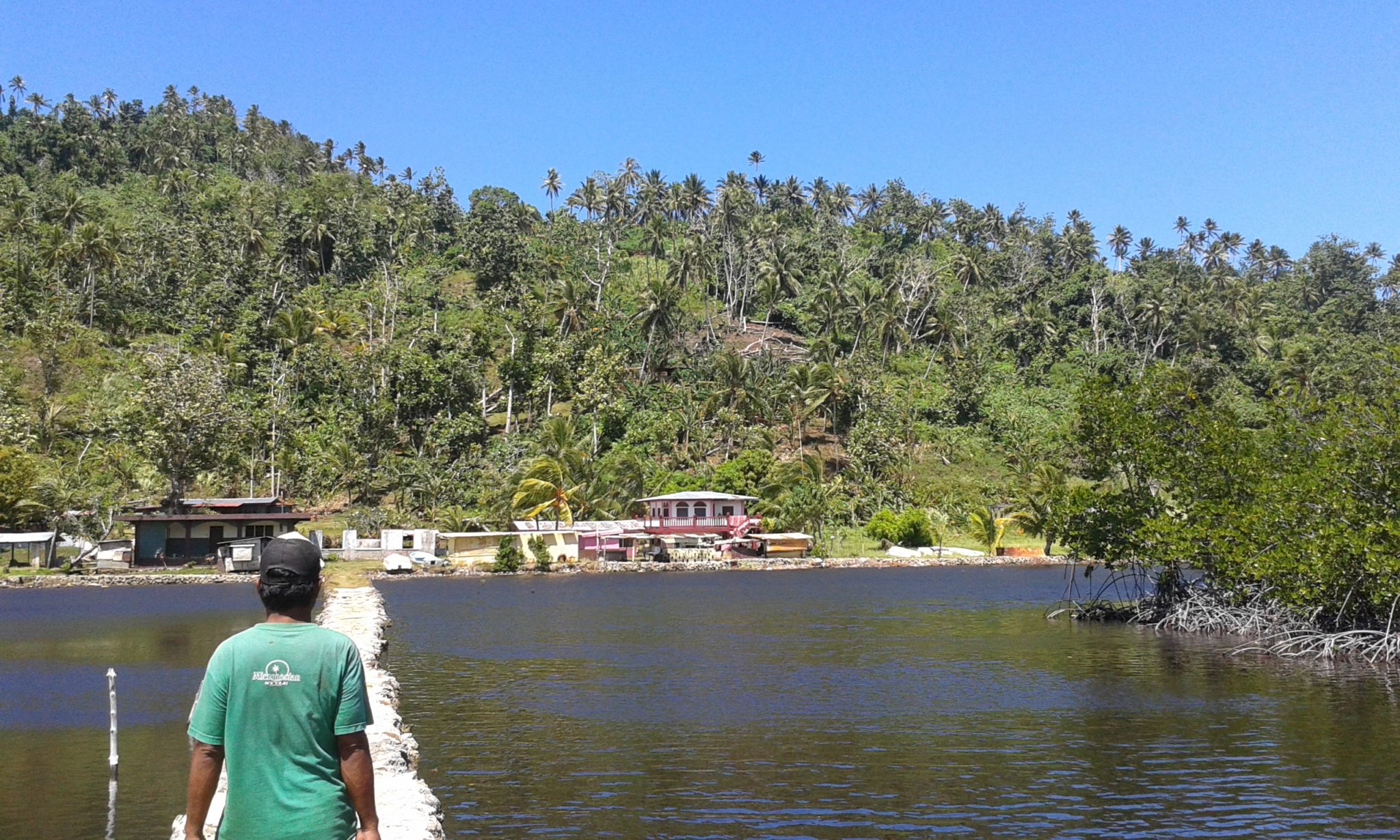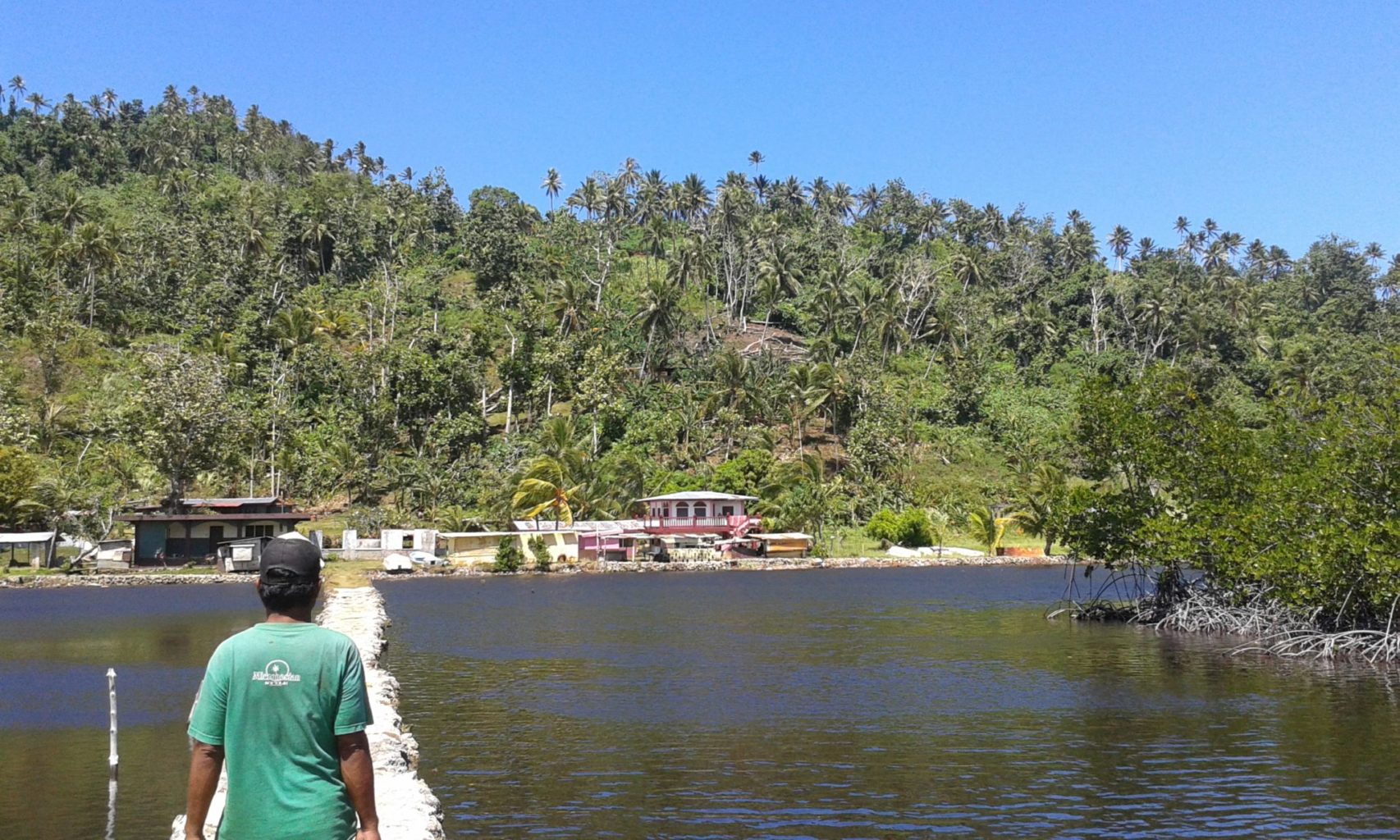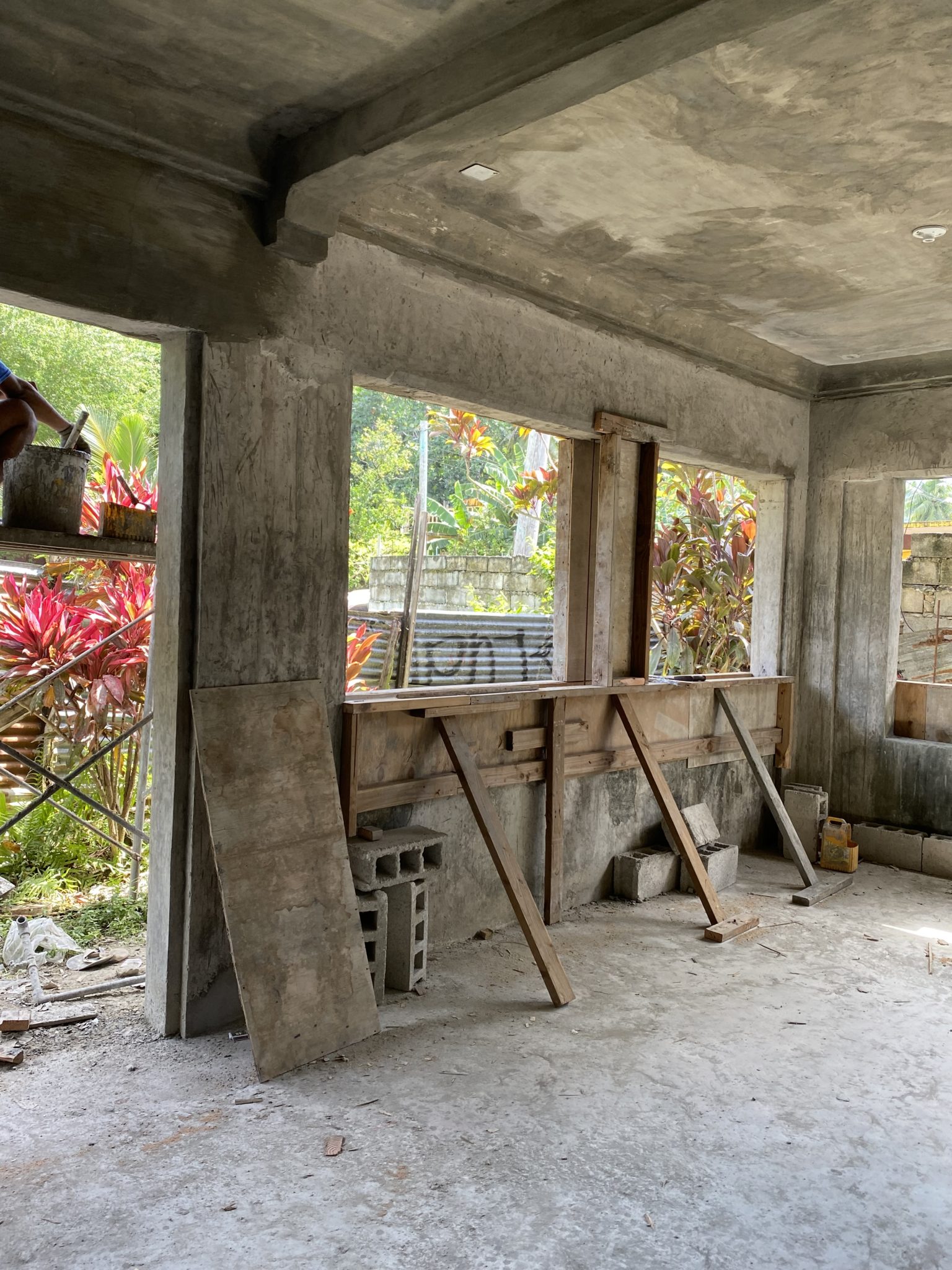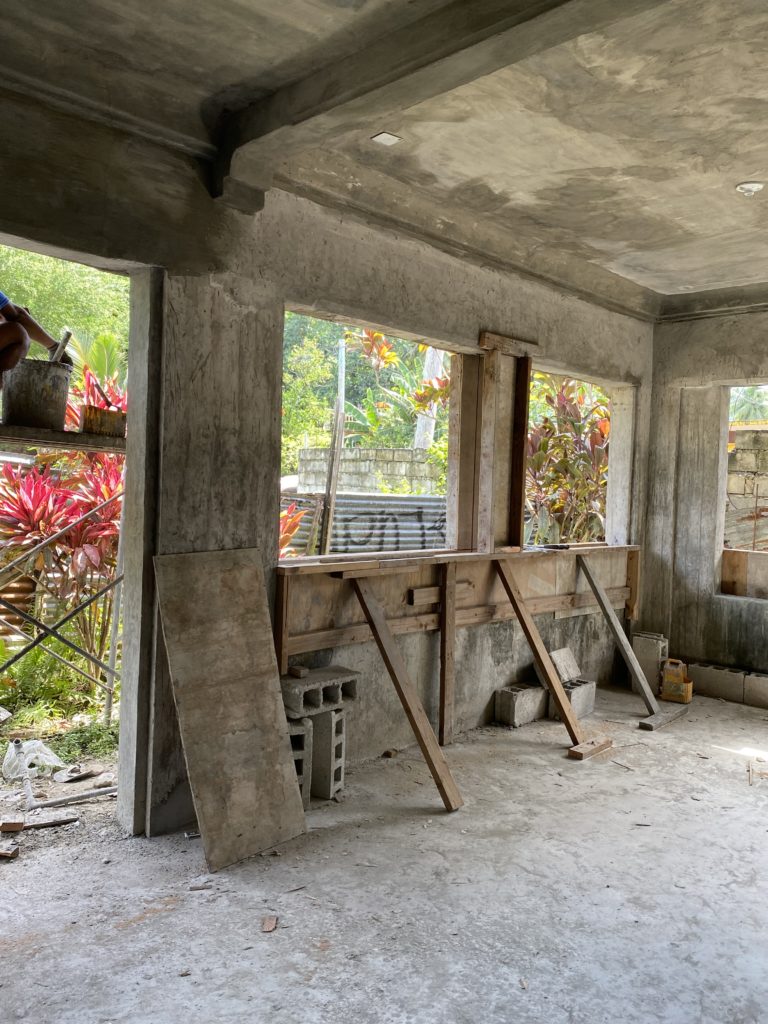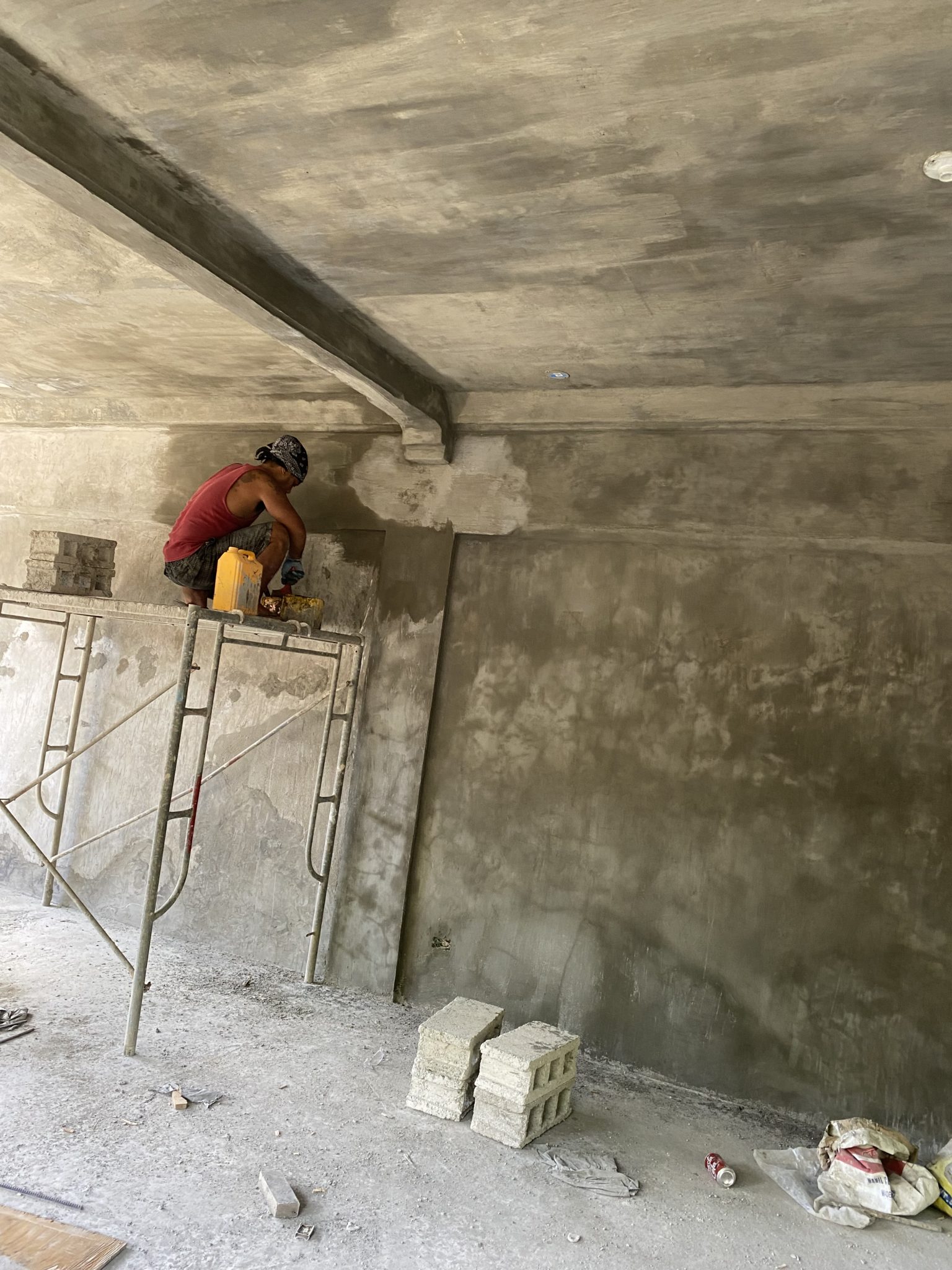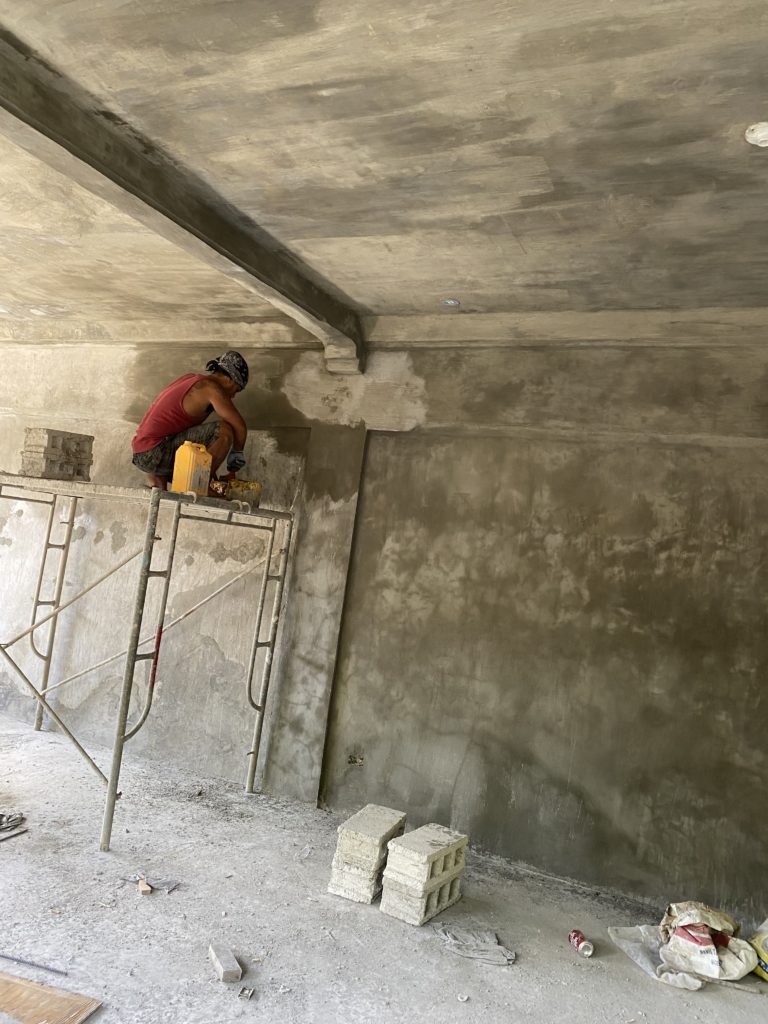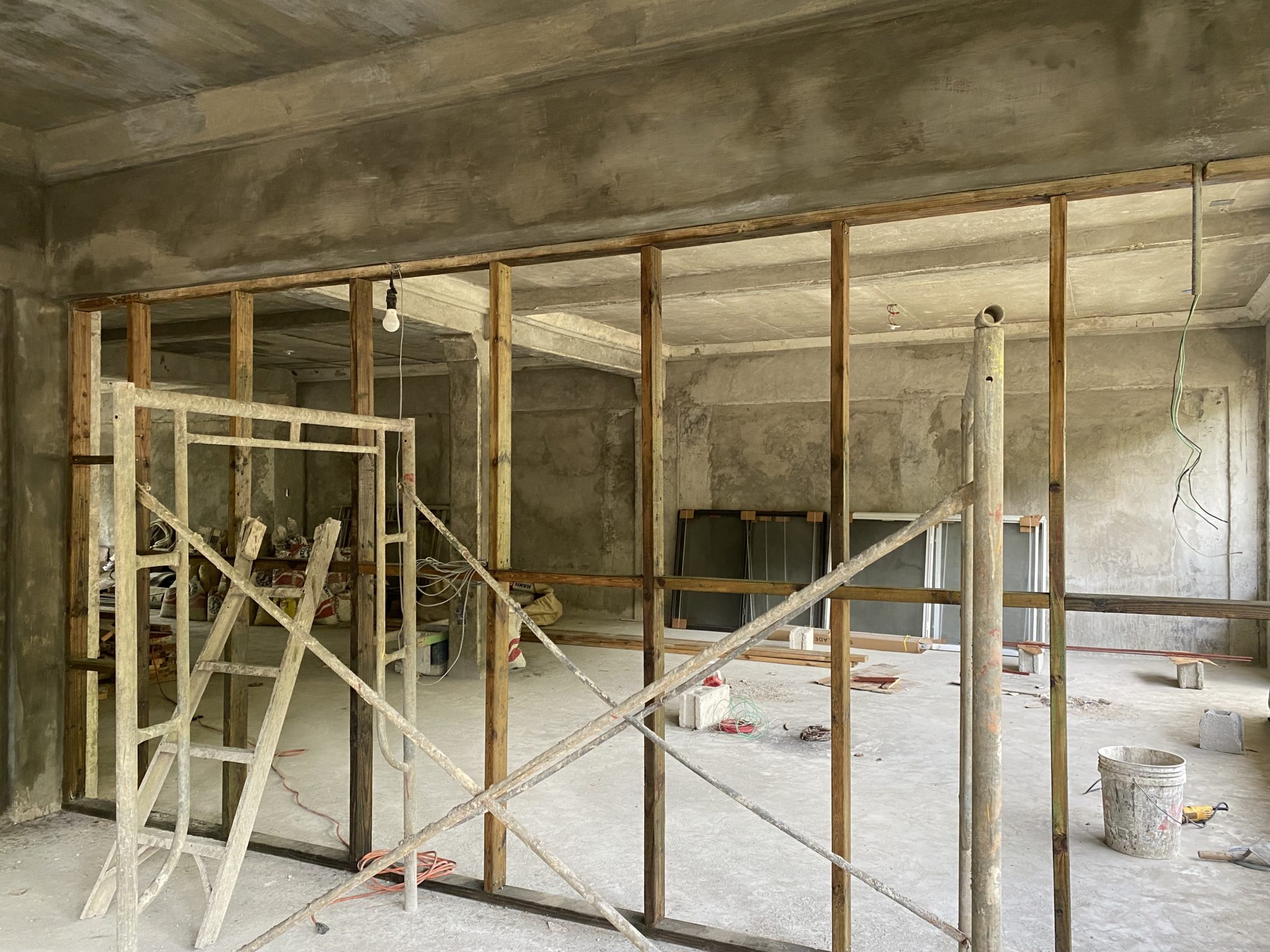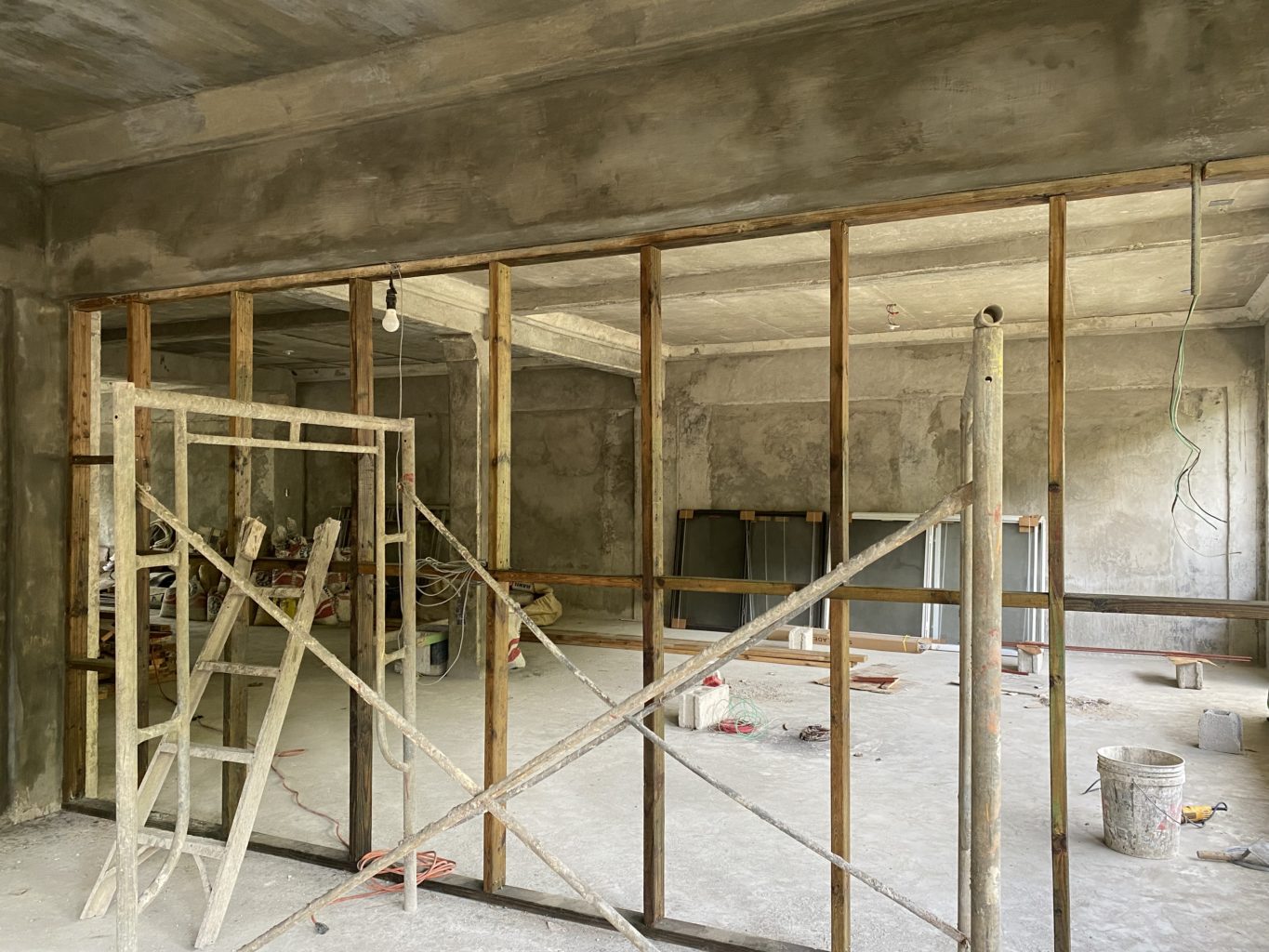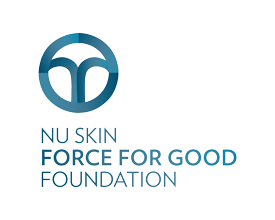The coral reefs around Oneisomw, a volcanic island in the westernmost part of Chuuk Lagoon, were once full of large fish (including several kinds of sharks and hundreds of species of other fish) and sea turtles. But now, because of overfishing, all that has changed. Fish are scarcer; sea cucumbers, sea snails, and giant clams have nearly vanished.
To reverse this trend, the people of Oneisomw will ban fishing in five areas of the lagoon, totaling more than 10,000 acres. These areas contain mangrove forests, seagrass, and reefs. Closing a reef, sometimes for years, is a traditional practice (mechen) in Chuuk.
Four of the five proposed no-take areas are visible from land, making enforcement relatively easy. Community members will patrol the fifth area. Once the legislature makes the reserve part of the Chuuk Protected Area Network, government staff will help with patrols.
The communities are working with the mayor, the Micronesia Conservation Trust, the Oneisomw Resource Management Committee, and Director of Chuuk Marine Resources. They have developed a fisheries management plan for areas outside the no-take area. Restrictions include gear bans, size restrictions and species bans, and limits on where and when commercial fishing can take place.
A Seacology grant will fund a community center on the main island of Weno, a 90-minute boat ride from Oneisomw. Women from Oneisomw go there to sell produce, and the center will give them a place to sell their wares. Teenagers also go to Weno for high school. The center will be a safe place for students to study, get tutoring, and wait for boats home.


